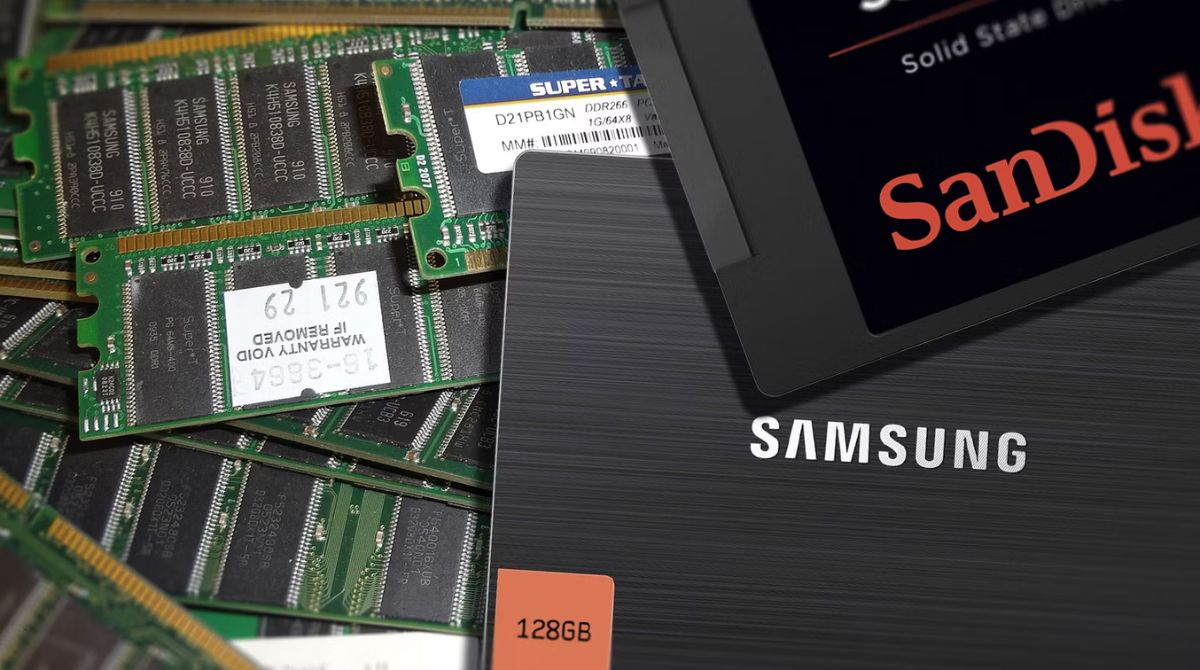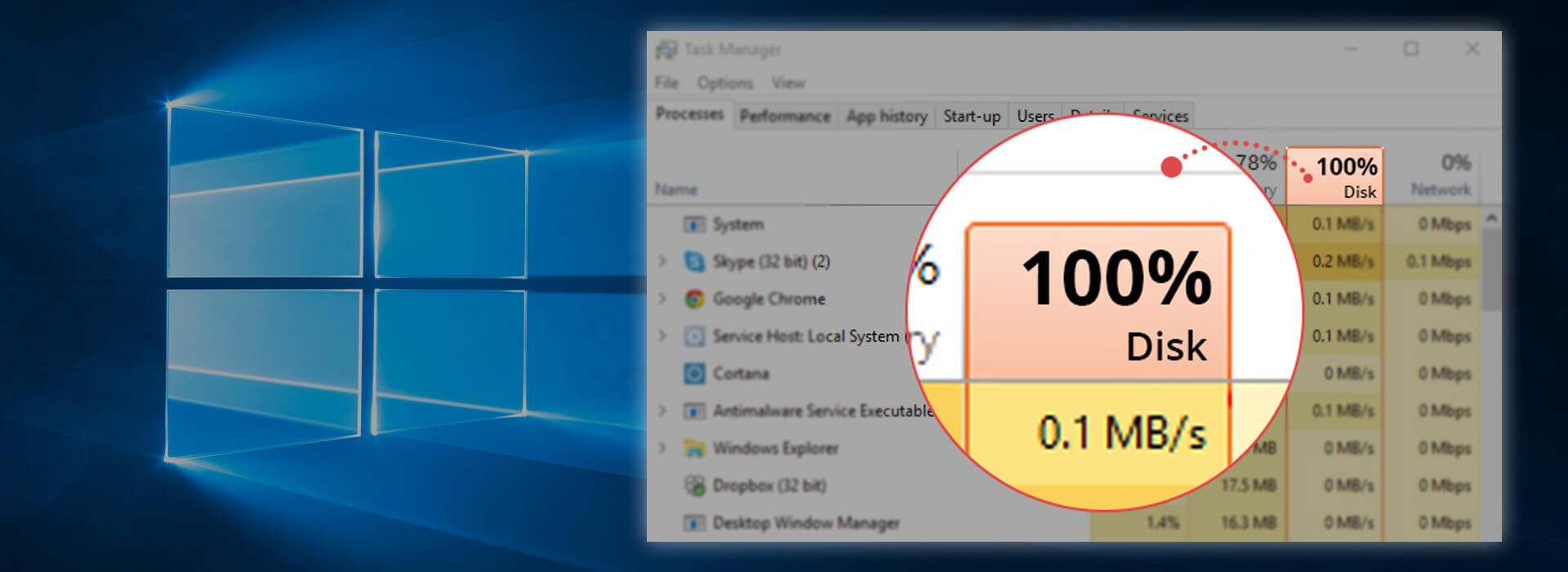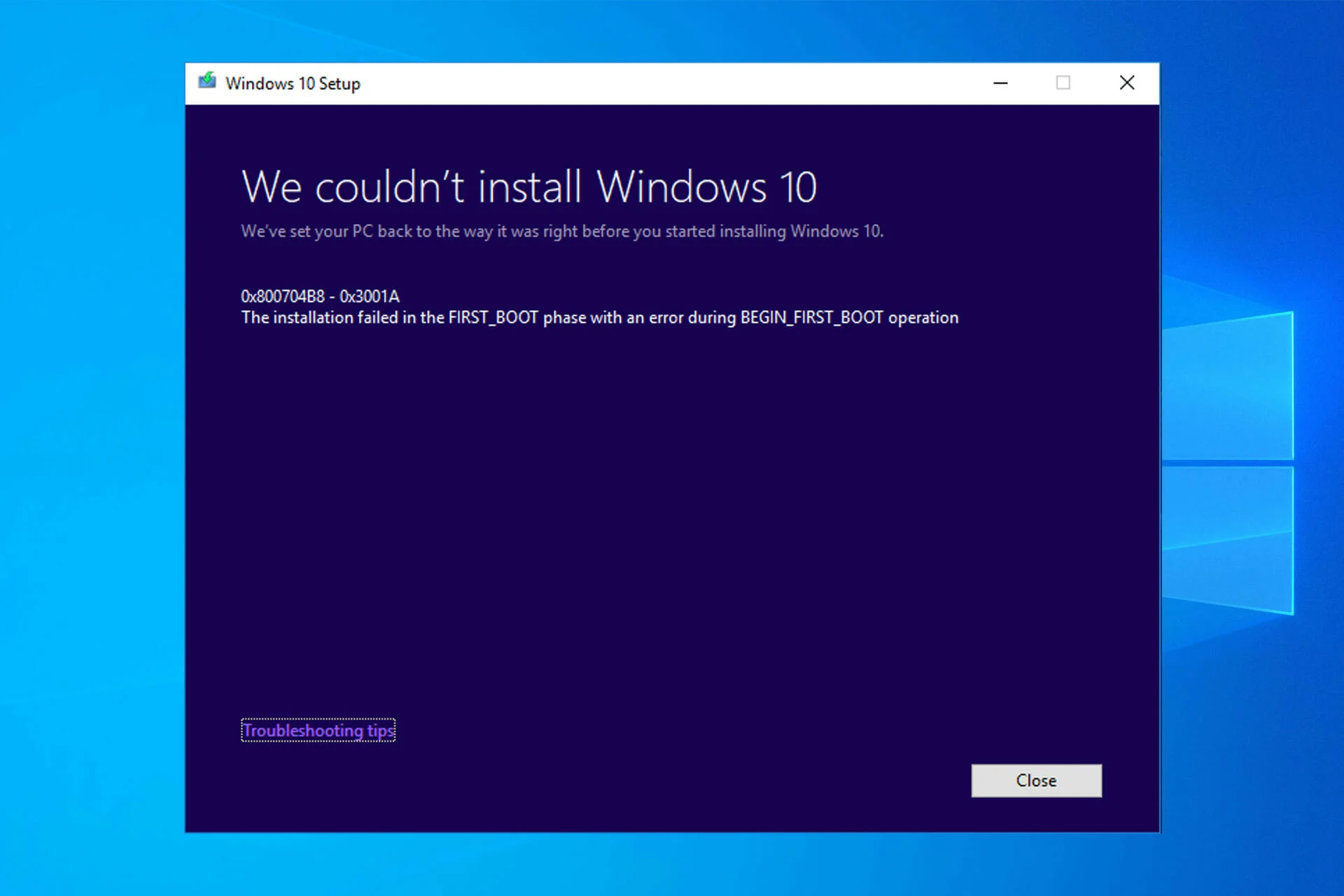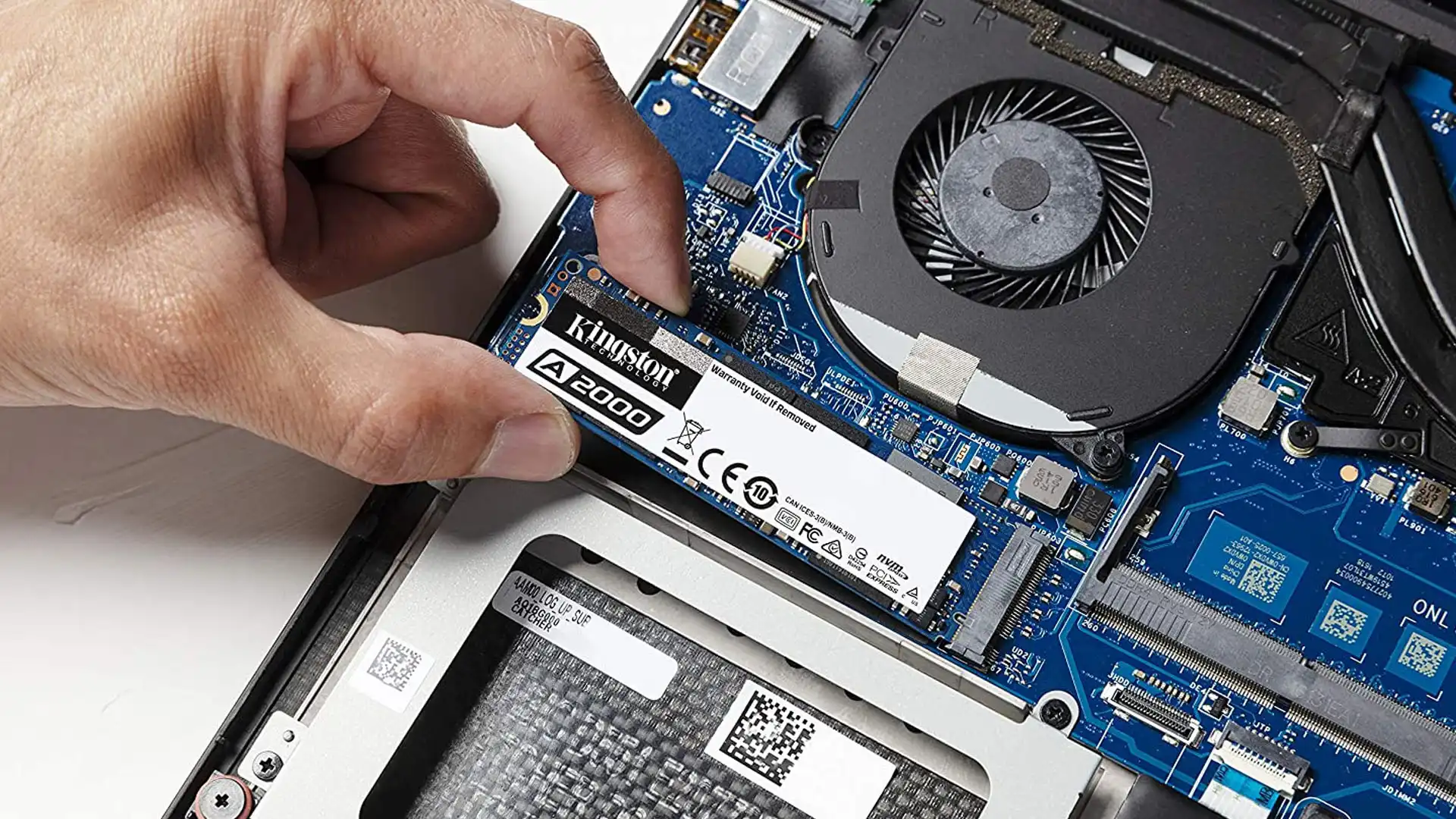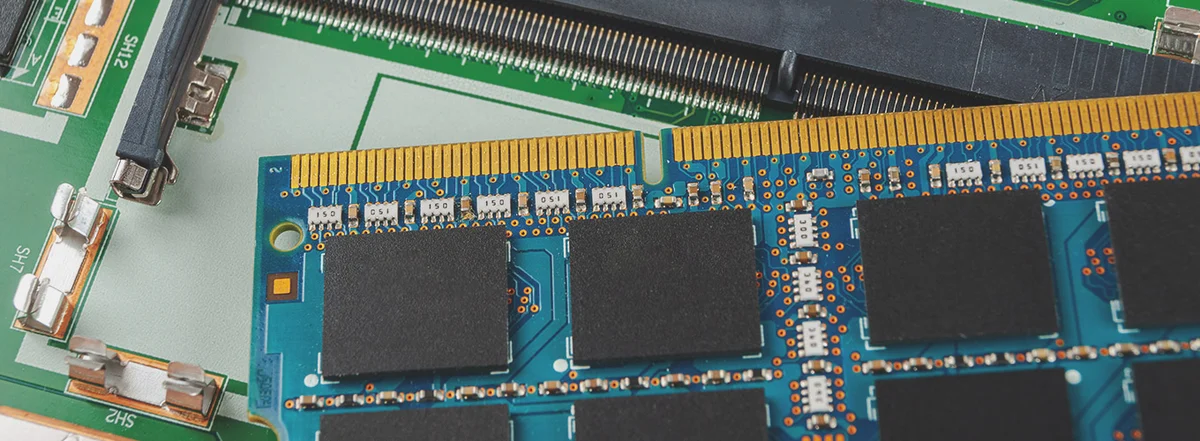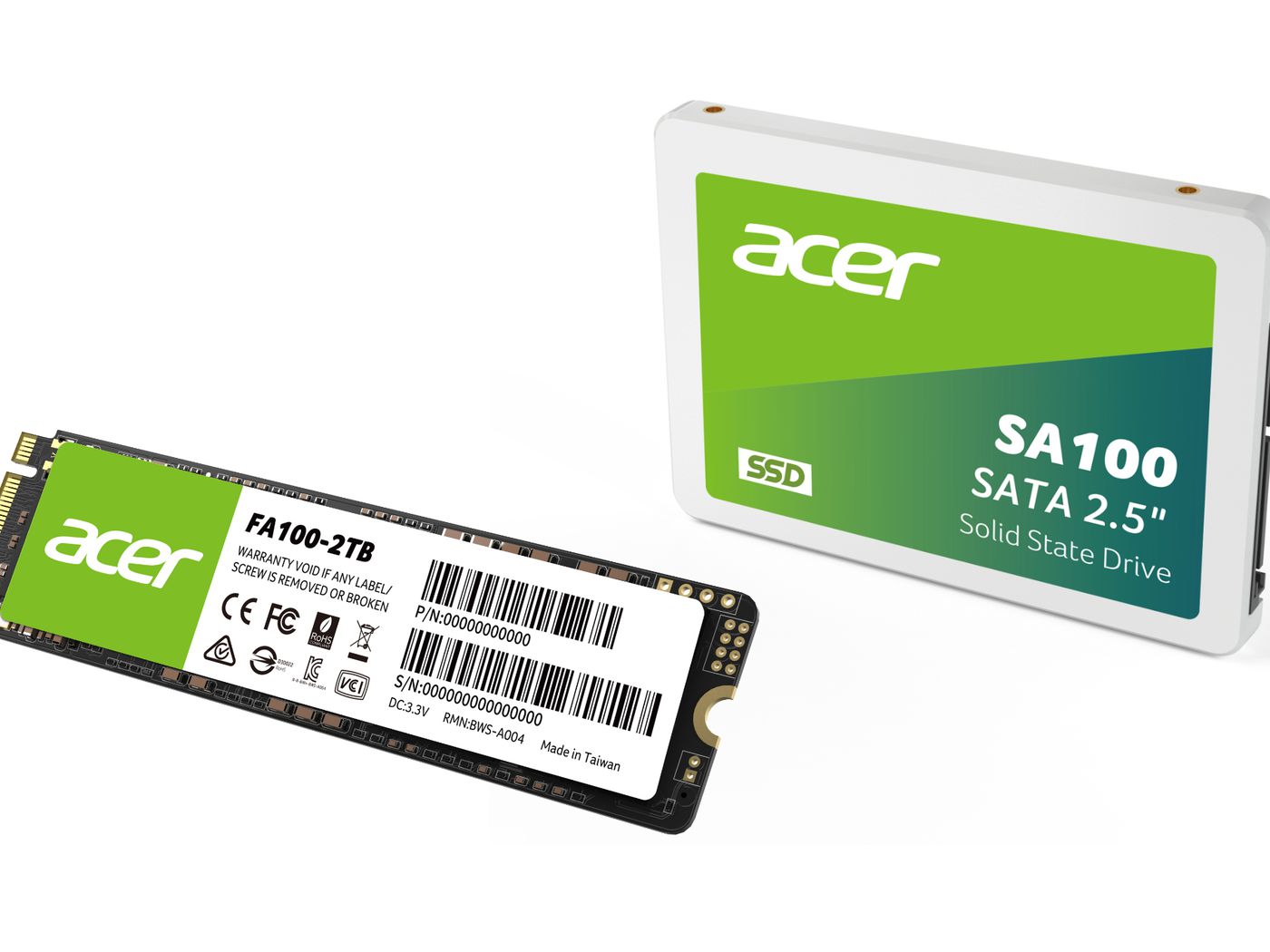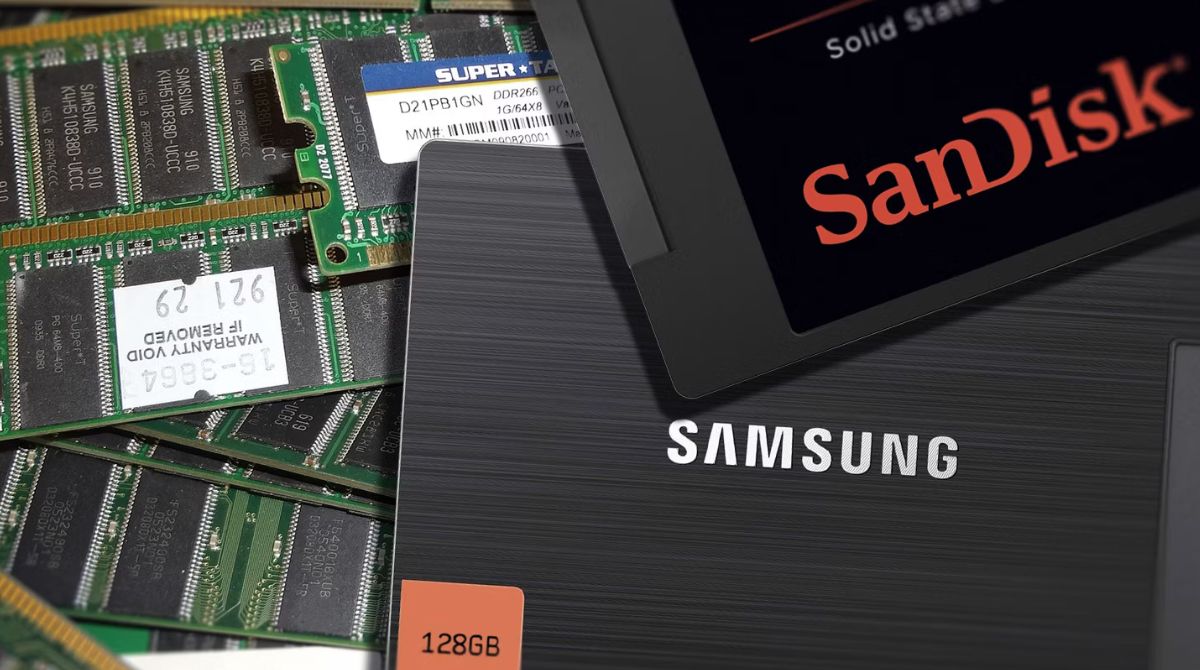Introduction
Understanding the differences between RAM (Random Access Memory) and SSD (Solid State Drive) is essential when it comes to optimizing the performance of your computer or device. Both RAM and SSD play crucial roles in storing and accessing data, but they have distinct characteristics that set them apart.
RAM is a type of computer memory that stores data that is actively being used by the computer’s operating system, programs, and applications. It is temporary storage that allows for quick and frequent access to data, making it an integral part of a computer’s performance.
On the other hand, SSD is a type of storage device that uses flash memory to store data persistently. Unlike RAM, which is volatile and loses its data when the power is turned off, SSD retains data even without power. SSDs are known for their faster read and write speeds compared to traditional hard drives, making them popular for storing files and operating systems.
In this article, we will delve deeper into the differences between RAM and SSD and explore why RAM is faster than SSD. By understanding the underlying principles of these two technologies, you can make informed decisions when it comes to optimizing the speed and performance of your computer.
Explanation of RAM
RAM, or Random Access Memory, is a critical component of any computer system. It acts as a temporary storage space that allows the computer’s processor to quickly and efficiently access and retrieve data.
When you open a program or application, its data is loaded from the secondary storage (such as an SSD or hard drive) into the RAM. This allows the processor to access the data much faster than if it had to retrieve it directly from the secondary storage every time. Think of it as a desk space where you can keep relevant files and documents while working on a project.
RAM is designed to be incredibly fast, and it can transfer data to the processor at a rate measured in nanoseconds. This speed allows for seamless multitasking and smooth performance, as the processor can quickly switch between different tasks by accessing the necessary data from the RAM.
However, RAM is a volatile form of memory, meaning that its contents are lost when power is turned off. This is why you need to save your work regularly, as the data in RAM is not stored permanently.
The amount of RAM your computer has is important, as it determines how much data it can store and access at once. Systems with higher RAM capacities can handle more complex tasks and run multiple programs simultaneously without experiencing slowdowns.
Overall, RAM plays a crucial role in determining the speed and efficiency of a computer. By having an adequate amount of RAM, you can ensure that your computer can handle the demands of modern applications and provide a smooth user experience.
Explanation of SSD
SSD, or Solid State Drive, is a type of storage device that uses flash memory to store data persistently. Unlike traditional hard drives, which rely on spinning disks and magnetic storage, SSDs have no moving parts. This makes them faster, more durable, and less prone to mechanical failure.
SSDs store data in memory cells made up of floating-gate transistors. These transistors can hold electrical charges, representing the 0s and 1s of digital data. When data needs to be read from or written to the SSD, the electrical charges are measured and manipulated accordingly.
One of the key advantages of SSDs over traditional hard drives is their faster read and write speeds. Since SSDs have no moving parts, data can be accessed almost instantaneously, resulting in quicker boot times, faster file transfers, and improved overall system responsiveness.
SSDs are also more reliable than traditional hard drives. With no moving parts, they are less susceptible to mechanical failure caused by physical shock or wear and tear. This means that your data is more secure on an SSD, making it a popular choice for storing critical files and operating systems.
Additionally, SSDs are typically smaller and lighter than traditional hard drives, allowing for more flexibility in terms of storage options. They are commonly used in laptops and other portable devices where space is at a premium.
Although SSDs provide a significant performance boost compared to traditional hard drives, they do have some limitations. The main limitation is their limited lifespan. Each memory cell in an SSD has a finite number of write cycles before it begins to degrade. However, advancements in SSD technology, such as wear leveling algorithms and Trim commands, help to mitigate this concern and extend the lifespan of the drive.
Overall, SSDs are a game-changer when it comes to storage technology. With their blazing-fast speeds, durability, and compact design, they offer a compelling alternative to traditional hard drives for those seeking improved performance and reliability.
Comparison between RAM and SSD
While both RAM (Random Access Memory) and SSD (Solid State Drive) are essential components for a computer’s performance, they have distinct differences that impact their roles and functionalities.
One major difference between RAM and SSD is their storage capacity. RAM is typically measured in gigabytes (GB) and is much smaller in capacity compared to SSD, which can range from gigabytes to terabytes (TB). This means that RAM can only hold a limited amount of data at a given time, while SSD offers significantly more storage space for files, applications, and the operating system.
Another crucial distinction lies in their speed. RAM is exceptionally fast, with data transfer rates measured in nanoseconds. This allows the processor to rapidly access and retrieve data from RAM, resulting in quick and responsive performance. On the other hand, while SSDs are faster than traditional hard drives, their speed is still relatively slower than RAM. SSDs typically have read and write speeds measured in microseconds or milliseconds, which is still significantly faster than traditional hard drives but not as fast as RAM.
The volatility of the memory is another distinction between RAM and SSD. RAM is volatile, meaning that it loses its data when the power is turned off. This is why you need to save your work before shutting down your computer. In contrast, SSD is non-volatile, meaning it retains data even without power. This makes SSDs a reliable storage option for long-term data storage and ensures that your files remain intact even during power outages or system restarts.
Price is also a factor to consider when comparing RAM and SSD. RAM prices tend to fluctuate and can be relatively expensive, especially for higher capacities. SSDs, on the other hand, have become more affordable over time, and their prices have significantly dropped, making them a cost-effective option for storage.
When it comes to performance impact, RAM has a more immediate impact on a computer’s speed and responsiveness. Upgrading your RAM can lead to noticeable improvements in multitasking, faster program executions, and smoother overall performance. While upgrading to an SSD can also enhance performance, the difference may not be as significant as upgrading RAM, especially if you already have an SSD installed.
In summary, RAM and SSD have distinct purposes and characteristics. RAM provides fast and temporary storage for actively used data, while SSD offers larger capacity and persistent storage for files and the operating system. Understanding the differences and considering your specific needs will help you make informed decisions when optimizing your computer’s performance.
Factors that make RAM faster than SSD
RAM (Random Access Memory) and SSD (Solid State Drive) have fundamental differences that contribute to the speed variations between the two technologies. Here are some key factors that make RAM faster than SSD:
- Access Time: RAM has a much faster access time compared to SSD. When data is requested from RAM, the response time is measured in nanoseconds. On the other hand, SSDs have access times measured in microseconds or milliseconds, which is comparatively slower.
- Data Transfer Rates: RAM has exceptionally high data transfer rates, allowing for efficient and rapid movement of data between the memory and the processor. SSDs, while faster than traditional hard drives, still have lower data transfer rates, which can impact overall system performance.
- Physical Location: RAM is physically closer to the processor, facilitating quicker data access. It is integrated directly into the motherboard, allowing for direct communication and minimizing latency. In contrast, SSDs are separate storage devices that require data to travel a longer distance, resulting in slightly slower access times.
- Data Persistence: RAM is volatile memory, meaning that it loses its data when the power is turned off. This characteristic allows for rapid read and write operations as data can be instantly overwritten. On the other hand, SSD is non-volatile and retains data even without power. While this persistence is beneficial for long-term storage, it introduces additional overhead and slows down the read and write operations.
- Hardware Design: RAM is designed specifically for fast and frequent data access. It utilizes advanced technologies like dynamic random-access memory (DRAM) and synchronous dynamic random-access memory (SDRAM) to optimize performance. SSDs, while designed for speed compared to traditional hard drives, prioritize factors such as storage capacity, reliability, and power efficiency, which may compromise the absolute speed.
- Data Priority: RAM stores data that is actively being used, allowing for quick accessibility. It acts as a temporary storage space where the processor can seamlessly retrieve and process data. SSDs, on the other hand, store data for long-term storage and may require additional time for the system to locate and retrieve specific data.
While SSDs have significantly improved storage technologies and provide faster speeds compared to traditional hard drives, RAM remains the preferred choice for immediate data access and interaction with the processor. However, both RAM and SSD serve vital roles in a computer’s performance, and having a balance between the two can result in optimized performance and improved user experience.
Conclusion
Understanding the differences between RAM (Random Access Memory) and SSD (Solid State Drive) is essential when it comes to optimizing the performance of your computer. RAM provides fast, temporary storage for actively used data, allowing for quick access and seamless multitasking. SSDs, on the other hand, offer larger storage capacities and persistent data storage, making them ideal for storing files and the operating system.
RAM’s speed advantage over SSD is attributed to factors such as its shorter access time, higher transfer rates, physical proximity to the processor, volatile nature, specialized hardware design, and priority given to active data. These factors collectively contribute to the superior performance offered by RAM.
SSDs, although slower than RAM, provide significant advantages over traditional hard drives such as faster boot times, quicker file transfers, improved reliability, and compact design. Their affordability has also made them more accessible to users looking to enhance their computer’s performance without breaking the bank.
In this technologically-driven era, it’s important to strike a balance between RAM and SSD usage for optimal performance. Having an adequate amount of RAM ensures efficient multitasking and smoother program execution, while utilizing an SSD for storage provides ample space and faster access to files and the operating system.
Ultimately, the choice between RAM and SSD depends on your specific needs and budget. If speed and immediate data access are critical, investing in more RAM can greatly enhance your computer’s performance. On the other hand, if storage capacity and reliability are paramount, opting for an SSD can provide a significant boost.
By understanding the strengths and differences between RAM and SSD, you can make informed decisions when it comes to upgrading and optimizing your computer’s speed and efficiency. Whether it’s enhancing processing power with more RAM or accelerating file management with a speedy SSD, finding the right balance will ultimately lead to a better computing experience.







